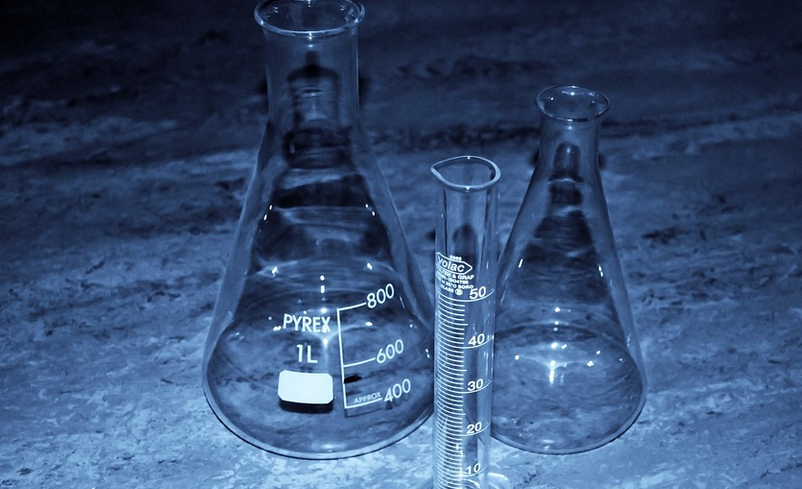Introduction
Muscle cells are one of the most important cells in our body. They help us in different activities like walking, running, lifting, and many more. To perform these activities, muscle cells need energy, and calcium plays an essential role in providing that energy. In this article, we will discuss what organelle stores calcium in muscle cells.
What are Organelles?
Organelles are specialized structures in cells that perform various functions. Each organelle has a specific role in the cell’s life, and they work together to keep the cell functioning. Some organelles are present in all types of cells, while others are specific to certain cell types.
What is the Role of Calcium in Muscle Cells?
Calcium is an essential element for muscle cells as it helps muscles contract and relax. In muscle cells, calcium ions are released from the organelles into the cytoplasm when the muscle cell is stimulated. This release of calcium initiates the contraction of the muscle cell.
What Organelle Stores Calcium in Muscle Cells?
The organelle that stores calcium in muscle cells is called the sarcoplasmic reticulum. It is a specialized type of endoplasmic reticulum that is found in muscle cells. The sarcoplasmic reticulum is responsible for storing and releasing calcium ions into the cytoplasm of the muscle cell.
How Does the Sarcoplasmic Reticulum Work?
The sarcoplasmic reticulum is composed of a network of tubules and vesicles that are filled with calcium ions. When a muscle cell is stimulated, the sarcoplasmic reticulum releases calcium ions into the cytoplasm. The calcium ions then bind to a protein called troponin, which initiates muscle contraction.
What Happens to Calcium After Muscle Contraction?
After muscle contraction, the calcium ions are transported back into the sarcoplasmic reticulum for storage. This process requires energy, which is provided by ATP. The sarcoplasmic reticulum also helps to maintain the concentration of calcium ions in the cytoplasm, which is essential for proper muscle function.
What Happens if the Sarcoplasmic Reticulum Malfunctions?
If the sarcoplasmic reticulum malfunctions, it can lead to muscle weakness or paralysis. One example of a disease caused by sarcoplasmic reticulum malfunction is malignant hyperthermia, a rare but potentially fatal condition that occurs in response to certain medications or anesthesia.
Conclusion
In conclusion, the sarcoplasmic reticulum is the organelle that stores calcium in muscle cells. It plays a critical role in muscle function, and its malfunction can lead to severe health consequences. Understanding the role of the sarcoplasmic reticulum in muscle cells can help us appreciate the complexity of our body’s systems and the importance of maintaining proper function.

